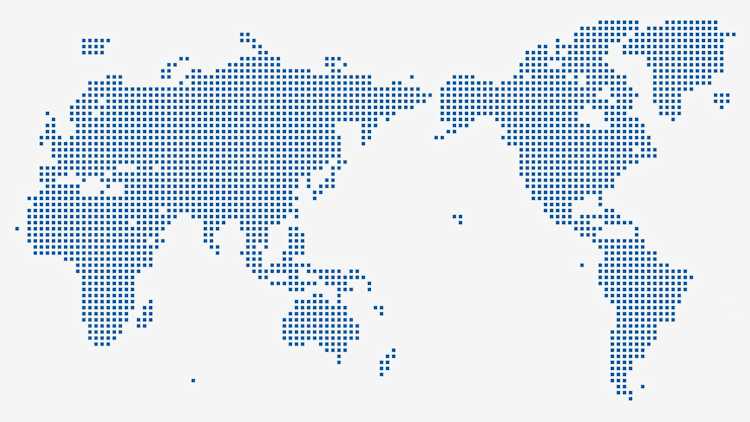- Home
- Research & Transfer
- Research Projects
- The Institutional Presidency in Latin America
The Institutional Presidency in Latin America
This project analysed the development of the institutional Presidency in Latin America after the processes of re-democratisation in the 1980s. The Institutional Presidency (IP) refers to the bulk of agencies that directly support the chief of the executive in his/her governing tasks. The IP is part of the "executive toolbox" that is available to heads of state for building legislative majorities. Our analysis highlighted the strategic redesign of the bureaucratic structures of the presidential office initiated by presidents.
DAAD/CAPES, 2014-2018
Team
Head
Research Questions
The IP (Moe 1993; 1994), also known as the core executive (Peters et al 2000), refers to the bulk of agencies that directly support the chief of the executive in his/her governing tasks. The IP evolution is characterised by the functional differentiation and professionalisation of the administrative structures directly supporting the president. Over the last decades the Latin American IP has undergone an extraordinary change and growth, but its features remain understudied. Our research analysed, first, the change and evolution of IP structures in the region; second, it explored what factors accounted for explaining differences across countries and along years in such evolution; third, it assessed to what extent presidents used those structures as a strategic tool to improve their informational, administrative and control capacities, particularly in dealing with their cabinets and the institutional environment in which they acted.
Contribution to International Research
For a long time, a history of democratic and institutional instability in Latin America connected the study of presidentialism to the survival of presidential regimes (Linz 1990). However, after decades of democratic rule in the region, presidential scholars have become more concerned with themes that also interest their US counterparts, such as those dealing with managerial issues of governance. This more recent literature on presidentialism, particularly that which focuses on coalition formation and maintenance, sheds light on the "executive toolbox" that is available to the different heads of state for building legislative majorities (Raile, Pereira and Power 2011). Our analysis highlighted a specific tool herein that previous studies had not yet explored: the strategic redesign of the bureaucratic structures of the presidential office, undertaken by the president. As we argued, presidents can use the making of structural changes in their office as a tool with which to manage their relations with the wider political environment in general, and with the cabinet in particular. These changes are resources that the president can use to complement or substitute other tools, such as agenda-setting power, pork-barrel, and ministerial nominations.
Research Design and Methods
Empirically, the study dealt with both the size of the IP and with its internal complexity. We collected systematic data and compared them in different countries using statistical tools. The dataset "Institutional Presidency in Latin America 1984-2018" (PRILA) included variables on presidential agencies, presidential cabinets, ministerial coalitions, legislative coalitions, political parties, economic indicators, presidential popularity, presidential resignations, among others. The selected sample of Latin American countries accounted for coalition (Brazil, Chile, Colombia), single-party (Argentina, Mexico), and mixed governments (Paraguay, Peru, Uruguay). Through case-studies, the project analysed the impact of determinate types of presidential designs on presidential performance (particularly, on foreign policy design and implementation). A further goal was to set the basis for a cross-regional analysis on the development of the presidential institution.
Preliminary Findings
Our comparative study highlighted that the type of presidential government (single-party or coalition) is one of the most relevant factors explaining cross-country variation and changes in the presidential organisation. Under "coalition presidentialism" presidents share cabinet positions, negotiate, and manage relations with coalition partners in the cabinet, which constitutes an incentive for the development of a more complex IP. A further explanatory factor with great impact on the size and type of the presidential structures of support is the nature of the presidential agenda: the implementation of neoliberal policies in the 1990s also appeared as an incentive to grow a presidential centre.








